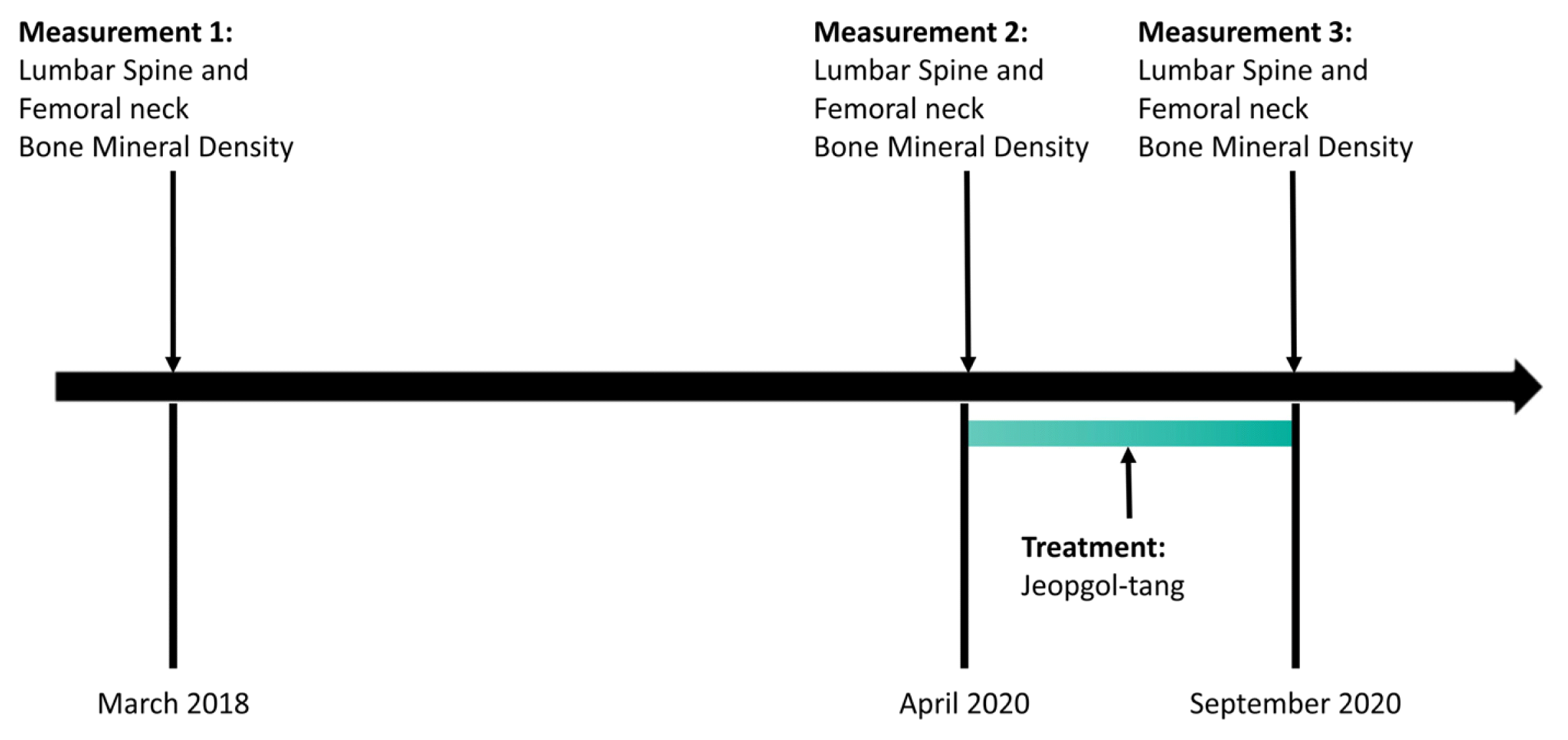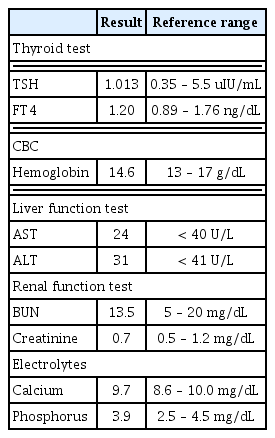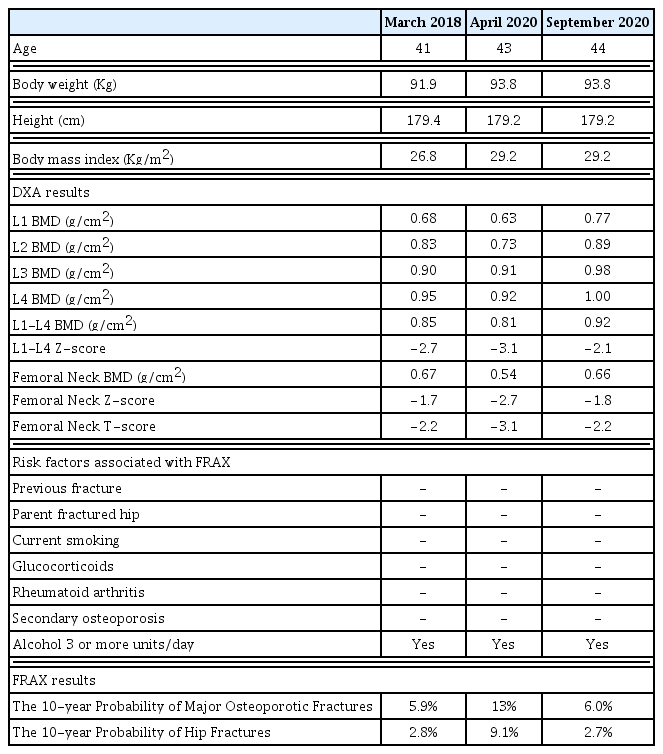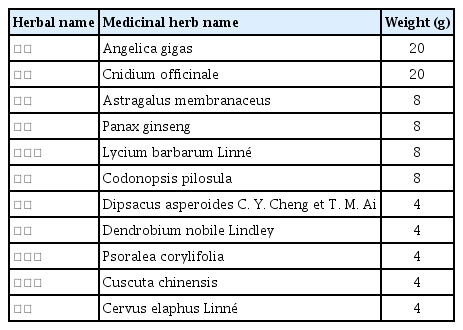References
1. Consensus development conference: diagnosis, prophylaxis, and treatment of osteoporosis. Am J Med 1993;94(6):646–50.
2. Assessment of fracture risk and its application to screening for postmenopausal osteoporosis. Report of a WHO Study Group. World Health Organ Tech Rep Ser 1994;843:1–129.
3. Mauck KF, Clarke BL. Diagnosis, screening, prevention, and treatment of osteoporosis. Mayo Clin Proc 2006;81(5):662–72.
4. Johnell O, Kanis JA, Odén A, Sernbo I, Redlund-Johnell I, Petterson C, De Laet C, Jönsson B. Mortality after osteoporotic fractures. Osteoporos Int 2004;Jan. 15(1):38–42.
5. Ha YC, Kim TY, Lee A, Lee YK, Kim HY, Kim JH, et al. Current trends and future projections of hip fracture in South Korea using nationwide claims data. Osteoporos Int 2016;27(8):2603–9.
6. Kim J, Lee E, Kim S, Lee TJ. Economic Burden of Osteoporotic Fracture of the Elderly in South Korea: A National Survey. Value Health Reg Issues 2016;9:36–41.
7. Kanis J. Assessment of osteoporosis at the primary health-care level Technical Report: WHO Collaborating Centre University of Sheffield; 2008. [cited Nov 2020]. Available from:
http://www.shef.ac.uk/FRAX
.
8. Cosman F, de Beur SJ, LeBoff MS, Lewiecki EM, Tanner B, Randall S, et al. Clinician’s Guide to Prevention and Treatment of Osteoporosis. Osteoporos Int 2014;25(10):2359–81.
9. Mikyas Y, Agodoa I, Yurgin N. A systematic review of osteoporosis medication adherence and osteoporosis-related fracture costs in men. Appl Health Econ Health Policy 2014;12(3):267–77.
10. Zhao JG, Zeng XT, Wang J, Liu L. Association Between Calcium or Vitamin D Supplementation and Fracture Incidence in Community-Dwelling Older Adults: A Systematic Review and Meta-analysis. JAMA 2017;318(24):2466–82.
11. Liu Y, Liu JP, Xia Y. Chinese herbal medicines for treating osteoporosis. Cochrane Database Syst Rev 2014;(3):CD005467.
12. Yun G, Kang J, Lee H. Effects of Korean herbal medicine (Cheong-A-Won) for treatment of bone mineral density in women with osteoporosis: A randomized, double blind, placebo controlled trial. Eur J Integr Med 2018;20:84–9.
13. Guide publishing group of Korean society for bone and mineral research. Physician’s guide for osteoporosis Seoul: Cdmthebig; 2018.
14. Department of kidney internal medicine. Kidney Internal Medicine Seoul: Gunjachulpansa; 2015. p. 116–20.
15. Lee H, Hahm D, Kim H, Sohn B, Hwang D, Choi Y, eds. The effect of Jeopgol-tang on recovery of bone fracture in Sprague-Dawley rats. The Annual Conference of Traditional Korean Medicine; 2006;
16. Lee H, Hahm D, Kim H, Sohn B, Choi Y, DSH . Crude drugs composition for accelerating recovery of bone fracture 10-0731160. 2007;
17. Leutner M, Matzhold C, Bellach L, Deischinger C, Harreiter J, Thurner S, et al. Diagnosis of osteoporosis in statin-treated patients is dose-dependent. Ann Rheum Dis 2019;78(12):1706–11.
18. Hong S, You S. A study of prevalence and related risk factors of osteoporosis for employees. JKIECS 2013;8(4):631–7.
19. Han G, Kim S. What Cases Are Worth Publishing in the Korean Medical Case Report? Korean J Acupunct 2020;37(3):159–71.
20. Gagnier JJ, Kienle G, Altman DG, Moher D, Sox H, Riley D. CARE Group. The CARE guidelines: consensus-based clinical case reporting guideline development. J Med Case Rep 2013;7:223.
21. Fitzpatrick LA. Secondary causes of osteoporosis. Mayo Clinic proceedings 2002;77(5):453–68.




